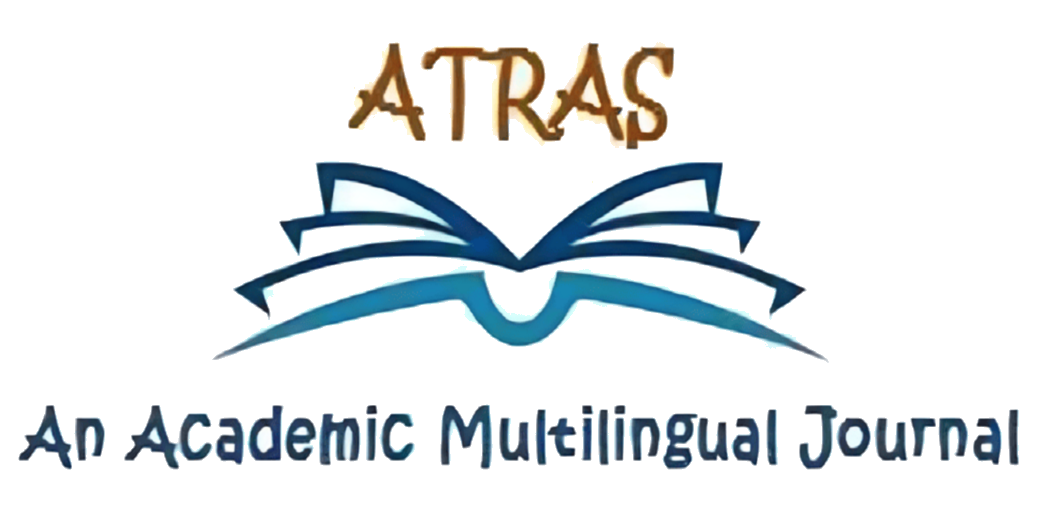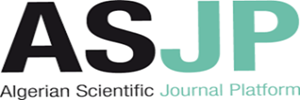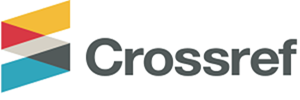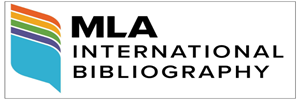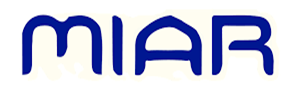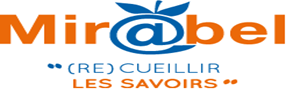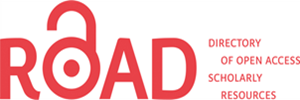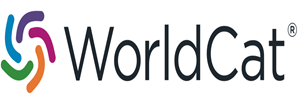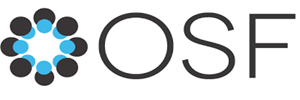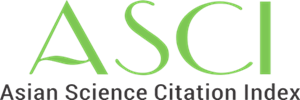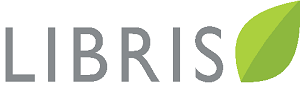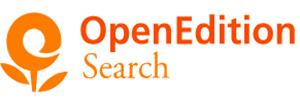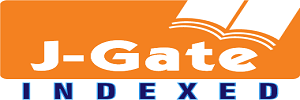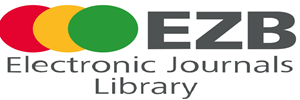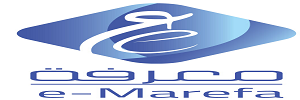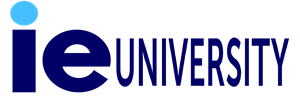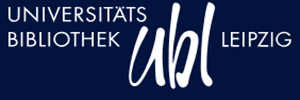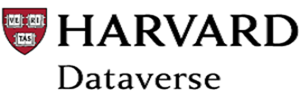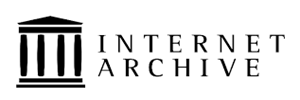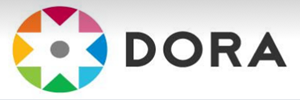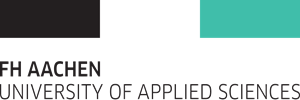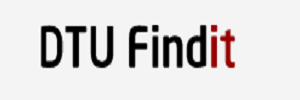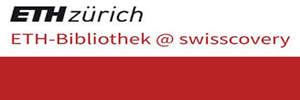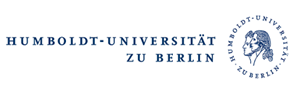Title: A Review of Challenges as Educational Innovations in Higher Education
C. P. Shivachandra
Research Scholar, Kannada Adhyayana Peetha, Hampi
Chaitra Pandurang Naik
Research Scholar, Dept. of English, Karnatak, University Dharwad
Abstract
The growth of society and the direction in which it must go are extensively determined, partly by education. Since it has been a critical factor in the accomplishment of several social achievements. Since growth and progress are the rules of the day, education has come to the fore and gained essential importance. The goal of the current article is to provide some insight into the current situation of higher education, the gross enrollment ratio, and the employability of the schools’ output. Higher education institutions’ main focus is to provide high-quality education and to create employability in the education sector. We manage to thrive in a world where education is the cornerstone for climbing the social, political, economic, etc. social ladder. The report also emphasizes the innovativeness being created, pursued, and used due to the shifting global educational landscape.
Keywords:
Higher education, Higher Learning Institutions, Demographic Dividend, Social
Capital, Curriculum
How to Cite this Paper:
Shivachandra, C.P., & Naik, C. P. (2023). A Review of Challenges as Educational Innovations in Higher Education. Atras Journal, 4(1), 171-189
References
McCord, A. (2003). Institutional repositories: Enhancing Teaching, Learning, and Research. EDUCAUSE Evolving Technologies Committee, 287-297.
Al-Kurdi, O. F., El-Haddadeh, R., & Eldabi, T. (2020). The role of organizational climate in managing knowledge sharing among academics in higher education. International Journal of Information Management, 50, 217–227. https://doi.org/10.1016/j.ijinfomgt.2019.05.018
Al-Kurdi, O., El-Haddadeh, R., & Eldabi, T. (2018). Knowledge transfer in higher education
institutions: A systematic review. Journal of Enterprise Information Management, 31(2), 226–246. https://doi.org/10.1108/JEIM-09-2017-0129
Amabile, T. M. (1988). A model of creativity and innovation in organizations. Research in Organizational Behavior, 10(1), 123–167.
Ansell, C., Lundin, M., & Öberg, P. O. (2017). Learning networks among Swedish municipalities: Is Sweden a small world? In J. Glückler, E. Lazega, & I. Hammer (Eds.), Knowledge and networks (pp. 315–336). Springer.
Ashkanasy, N. M., Wilder, C. P. M., & Peterson, M. F. (2000). Handbook of organizational culture and climate. Sage.
Benz-Gydat, M., Jütte, W., Lobe, C., Walber, M. (2021). Neue Lehre an der Hochschule. Verstetigung innovativer Lehrprojekte in sozialen Hochschulwelten. [New teaching in higher education and Sustainability of innovative teaching projects in social university environments]. WBV. https://doi.org/10.3278/6004902w
Bock, G. W., Zmud, R. W., Kim, Y. G., & Lee, J. N. (2005). Behavioral intention formation in knowledge sharing: Examining the roles of extrinsic motivators, social-psychological forces, and organizational climate. MIS Quarterly, 29(1), 87–111.
Bruckmann, S., & Carvalho, T. (2018). Understanding change in higher education: An archetypal approach. Higher Education, 76(4), 629–647. https://doi.org/10.1007/s10734-018-0229-2
Chester, G. (2001). Plagiarism Detection and Prevention: final report of the JISC electronic plagiarism detection project. Available at www.jisc.ac.uk. 4th July 2022.
Christakis, N. A., & Fowler, J. H. (2013). Social contagion theory: Examining dynamic social networks and human behavior. Statistics in Medicine, 32(4), 556–577. https://doi.org/10.1002/sim.5408
Civis, M., Diaz-Gibson, J., López, S., & Moolenaar, N. (2019). Collaborative and innovative climates in pre-service educator programs: The role of social capital. International Journal of Educational Research, 98, 224–236. https://doi.org/10.1016/j.ijer.2019.08.019
Clark, T. N. (1968). Institutionalization of innovations in higher education: Four
models. Administrative Science Quarterly, 13(1), 1–25.
Cohen, D. K., & Ball, D. L. (2007). Educational innovation and the problem of scale. In B.
Schneider & S. K. McDonald (Eds.), Scale- up in education: Ideas in principle (pp. 19–36). Rowman & Littlefield Publications.
Daly, A. J., & Finnigan, K. S. (2010). A bridge between worlds: Understanding network structure to understand change strategy. Journal of Educational Change, 11(2), 111– 138. https://doi.org/10.1007/s10833-009-9102-5
Damanpour, F. (1991). Organizational innovation: A meta-analysis of effects of determinants and moderators. Academy of Management Journal, 34(3), 555–590. https://doi.org/10.5465/256406
De Lima, J. Á. (2010). Thinking more deeply about networks in education. Journal of Educational Change, 11(1), 1–21. https://doi.org/10.1007/s10833-008-9099-1
Erdös, P., & Rényi, A. (1959). On random graphs. Publicationes Mathematicae, 6, 290–297. https://doi.org/10.1515/9781400841356.38
Feixas, M., Martínez-Usarralde, M. J., & López-Martín, R. (2018). Do teaching innovation projects make a difference? Assessing the impact of small-scale funding. Tertiary Education and Management, 24(4), 267–283. https://doi.org/10.1080/13583883.2017.1417470
Fredrickson, M. M., & Chen, Y. (2019). Permutation and randomization tests for network analysis. Social Networks, 59, 171–183. https://doi.org/10.1016/j.socnet.2019.08.001
Glenda Crosling, Margaret Heagney Liz Thomas (2009). “Improving student retention in higher education,” Australian Universities Review, 51(2), http://educationalpolicy.org/pdf/AUR_epitoday_090917.pdf
JS Eaton (2009). “An overview of US accreditation,” Council for Higher Education Accreditation. Retrieved from http://chea.org/pdf/2009.06_Overview_of_US_Accreditation.pdf.
Liz Thomas (2002). Student retention in higher education: the role of institutional habitus. Journal of Educational Policy, 17(4), 423-442, http://www.ulster.ac.uk/star/resources/stu%20retention.pdf
Mille, T. (2009). Formative computer-based assessment in higher education: the effectiveness of feedback in supporting student learning. Assessment & Evaluation in Higher Education, 34(2), 181–192.
Tiropanis, T., Davis, H., Millard, D., Weal, M., & White, S. (2009). Linked Data as a Foundation for the Deployment of Semantic Applications in Higher Education. I ISWEL’09: Ontologies and Social Semantic Web for Intelligent Educational Systems, AIED’09 Conference, Brighton, UK.

Copyright for all articles published in ATRAS belongs to the author. The authors also grant permission to the publisher to publish, reproduce, distribute, and transmit the articles. ATRAS publishes accepted papers under the Creative Commons Attribution-NonCommercial 4.0 International (CC BY-NC 4.0) License. Authors submitting papers for publication in ATRAS agree to apply the CC BY-NC 4.0 license to their work. For non-commercial purposes, anyone may copy, redistribute material, remix, transform, and construct material in any media or format, provided that the terms of the license are observed and the original source is properly cited.
